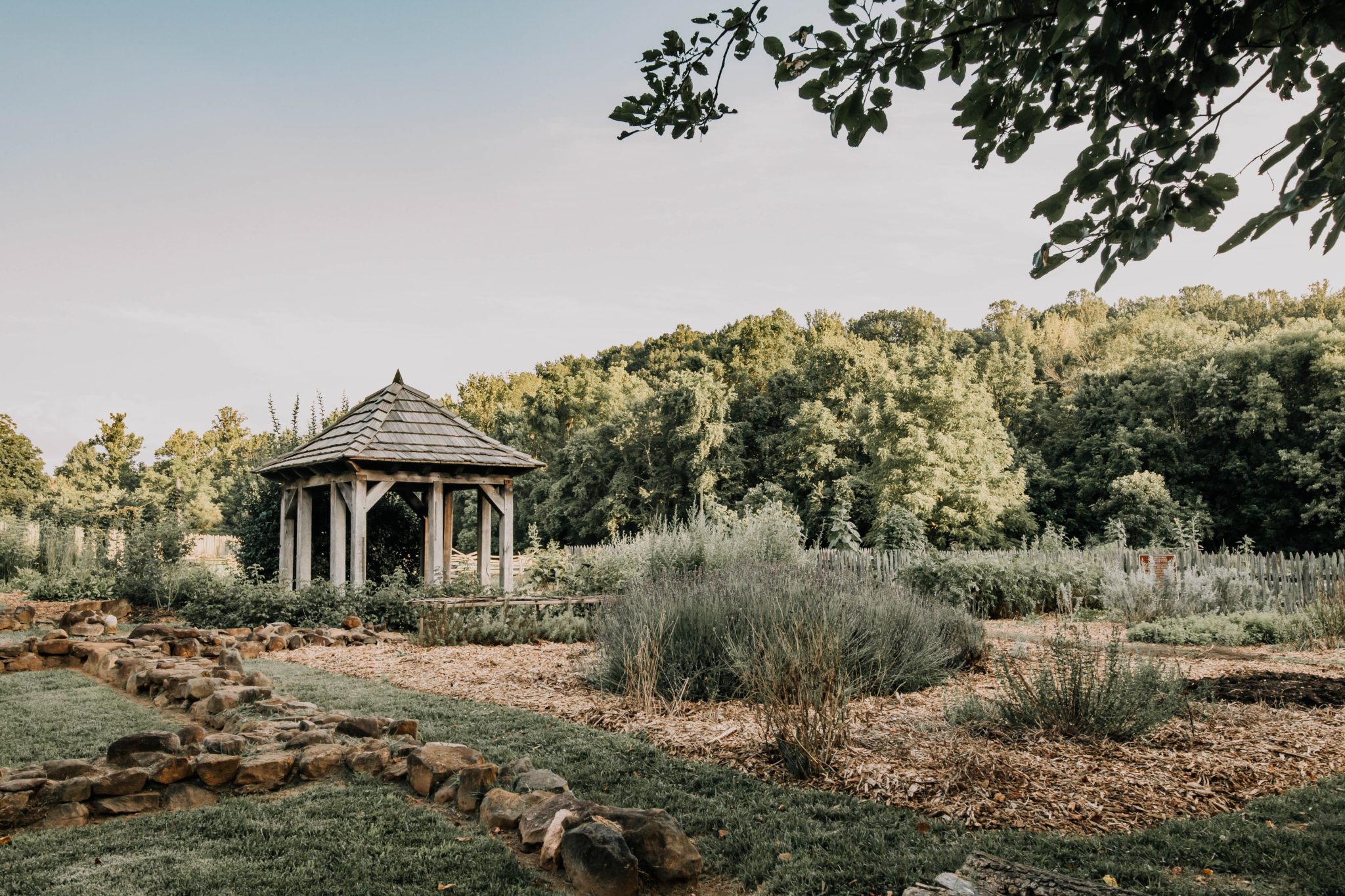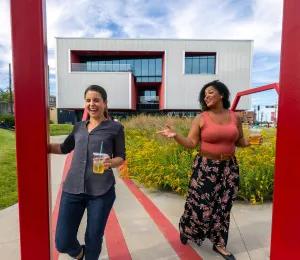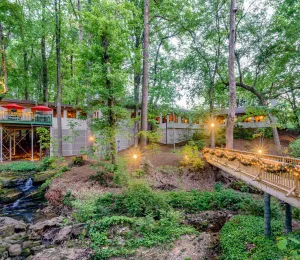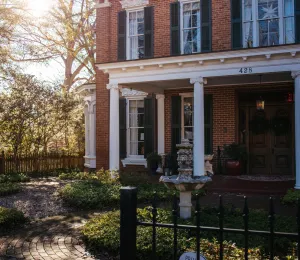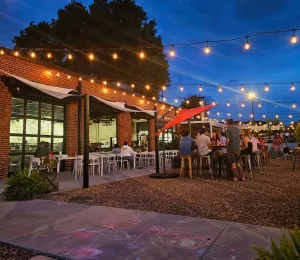A Medicinal Masterpiece
Winston-Salem is home to the first European Medicinal Garden ever planted in America.
If you’ve ever walked the grounds at Historic Bethabara Park, especially in the spring, you’ve likely admired their lovely gardens, including the vivid butterfly garden and meticulously-maintained community garden. But did you know that one is actually a living pharmacy?
The Medicinal Garden was planted in the mid-1700s, shortly after the first Moravian settlers migrated via horse and buggy from Bethlehem, Pennsylvania to what is now Winston-Salem. Among Bethabara’s 12 founding fathers—who were each hand-picked according to skill and profession—was a doctor named Hanz Martin Kalberlahn.
Kalberlahn and his fellow founders immediately went to work building Bethabara, including a laboratory which he stocked with medicines and surgical instruments. But the Moravians also believed in the healing power of nature. In the fall of 1756, Dr. Kalberlahn designed and planted the Medicinal Garden—the first of its kind planted in America.
“The focus was not cures for diseases, it was wellness and prevention,” says volunteer coordinator and master gardener, Harriet McCarthy – an approach much like the holistic wellness practices growing in popularity today. Based on Hippocrates’s teachings that food is medicine and medicine is food, Kalberlahn compiled a list of 64 plants and laid out the garden in a classic Medieval abbey schematic: six equal sections surrounding a small shelter in the center. Each plant was carefully chosen for its healing properties.
“A utilitarian medieval garden contained both food and medicinal plants as well as ‘strewing’ herbs,” says McCarthy. Strewing herbs like mint and lavender were scattered on floors and straw bedding to absorb odors and repel vermin. Other plants were used to ward off insects and treat their bites. The Moravians also made hand waters from flowers and regularly consumed healing herbal broths called “restaurants.”
Thanks to meticulous archaeology and research, along with the 1761 maps created by Moravian physician, Christian Reuter, Kalberlahn’s original design remains nearly intact.
While the garden was used as a natural pharmacy during Kalberlahn’s time, park staff discourage current-day visitors from consuming the plants due to liability reasons. Today, the garden sees approximately 150,000 visitors each year, and people from across the globe seek out Bethabara’s unique sanctuary of healing plants.
McCarthy urges all who are interested in learning more about medicinal plants to visit the garden, and volunteers are always welcome. “Medicinal plants are part of the new garden ethic,” she explains. “Your health is determined by what you eat, and a lot of problems come from eating the wrong things. Eating the right things can help heal you.”

